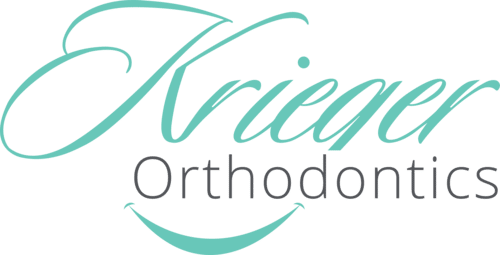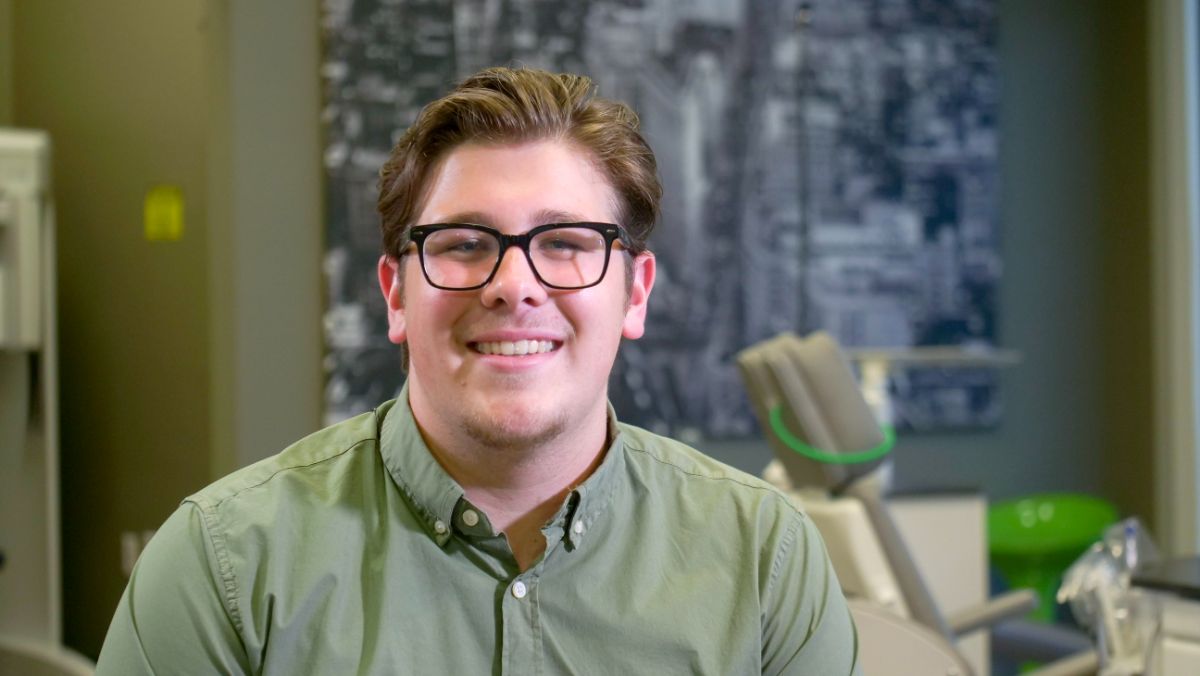In the last several years, orthodontics have gone pretty high-tech. Technology like digital imaging, 3D oral scanners, and computer modeling are frequently combined with multiple treatment options to give patients a more rewarding orthodontic experience and more successful results. With such cutting-edge industry practices, you may think of orthodontics as a thoroughly modern affair, but as it turns out, humans have been trying to straighten their smiles for literally thousands of years. Multiple archaeological finds and the discovery of several different ancient texts has shown us that primitive versions of orthodontic treatment existed, and when we say primitive, we mean it exactly that. Some of the earliest attempts at aligning teeth and jaws involved extraction and bloodletting “techniques,” and used materials like catgut and crude metals. (Catgut is exactly what it sounds like, by the way.) As sleek as newer braces can be, even the older, bulkier models sound better than leeches and heavy metal poisoning!
When you invest in orthodontic treatment today, you have the opportunity to choose the treatment that best fits your case, lifestyle, and goals. Here at Krieger Orthodontics, we are especially proud to offer aesthetic options like Invisalign clear aligners, lingual braces, and clear braces. Dr. Krieger uses an individualized approach to treatment that he calls “smile design,” taking into account tooth, lip, and face shape when creating a treatment plan for patients. This requires not only expertise on Dr. Krieger’s part, but also the most up-to-date techniques and technology to give patients the best results possible. Needless to say, we love modern orthodontics! However, it can still be fun to look back at where it all began. Let’s check out what went on in those first few centuries of mankind working towards a straighter smile, and how it evolved into the treatment we enjoy today!
In the beginning…
Cultural and social concerns about crooked teeth go way back. Egyptian mummies have been found with gold bands around their teeth, and researchers believe these may have been used to close dental gaps along with the aforementioned catgut wiring. Some of the earliest medical writings discuss dental disorders, particularly the smaller jaws and narrower dental arches humans evolved with. Around 400 B.C., Hippocrates wrote about his suspicions that irregular palate arches and crowded teeth could cause a number of issues, including headaches and discharge from the ears. The Roman physician Aulus Cornelius Celsus encouraged children’s caregivers to use their fingers to apply daily pressure to new teeth in an effort to move them into the proper positions. As interesting as these tidbits are, they were all we had for a while, as they precipitated a pretty long lull in orthodontics. It wasn’t until the 18th century that interest was reignited and a flurry of development occurred.
Breakthroughs in the 18th century
New interest in this time period resulted in some important discoveries on the way to the orthodontic techniques we employ today. Pierre Fauchard was an 18th-century French physician sometimes referred to as the “father of modern dentistry,” and he played a big role in contemporary dental and orthodontic treatment. He discovered one of the basic principles of braces when he began keeping his patients’ dentures in place by anchoring them to molars, and developed a number of other techniques for straightening teeth. This included filing down teeth that jutted too far above the adjacent teeth, and using a set of metal forceps he called a “pelican” to create space between crowded teeth.
What Fauchard is probably best known for is his invention of what could be considered the very first orthodontic appliance: the bandeau, a horseshoe-shaped piece of metal that was placed outside the teeth. String or wire was then used to tie the teeth to the arch. Meant to expand a person’s dental arch without necessarily straightening each tooth, the basics of the bandeau were similar to modern braces, in that it also relied on slow, steady pressure to move teeth gradually. However, it didn’t allow for any adjustments, which made it difficult to move individual teeth in different directions.
As basic as its design was, the bandeau continued to be used up until about 1819, when Christophe-François Delabarre developed the wire crib. As the name implies, this appliance was generally made of metal wires that had been bent and soldered together to form a “cage” that fit tightly over and around the teeth. Strings or metal springs could then be attached and used to apply a constant force to teeth, moving them into better positions gradually. The wire crib worked in much the same way our current braces and aligners do, and its invention is generally regarded as the birth of contemporary orthodontics. In fact, it’s the precursor to many of the appliances we use even now!
The appearance of modern orthodontics in the U.S.
Edward Angle was an American pioneer in what he referred to as tooth “regulation.” By the early 20th century, he had been awarded over 30 patents for a variety of tools that he used to treat malocclusion, or misalignments. This included a metallic arch expander and the “edgewise appliance,” a metal bracket that many consider being the basis for today’s braces. Angle sold all of these standardized parts as the “Angle system,” which other orthodontists could purchase and use in their own practices. This eliminated the need to design and produce appliances for each new patient.
Other significant orthodontic contributions at this time included:
- The “occipital anchorage” – developed by J.S. Gunnell in 1822, this was an early form of headgear that fastened to the jaw from the outside of the mouth and exerted gentle pressure on the teeth.
- Charles Goodyear invented vulcanized rubber in 1839, and within a few years, American dentist E.G. Tucker began using it in orthodontic appliances.
- “The Dental Art” was written and published by Chapin A. Harris in 1840. The first classic book on dentistry, it outlined a number of innovative practices, such as soldering knobs on bands to assist with tooth rotation and applying gold caps to molars to open the dental bite.
Over the next century, dentists continued making enormous strides in understanding how the teeth and jaws work, yet braces themselves remained more or less unchanged. Finally, in the 1970’s, there were new advances. Stainless steel began to replace gold and silver as the most popular choice for wires thanks to its shapeability, and dental adhesives were invented, allowing orthodontists to stick brackets to the surface of the teeth rather than winding wires around each tooth to anchor the brackets. These developments significantly reduced the cost of braces, making them more widely available than they had previously been.
Krieger Orthodontics make misalignments history
Looking back through orthodontic history, it becomes clear that humans have strived for centuries to find the best way to straighten smiles and align the teeth and jaws. This is just as important now as it was in the earliest days of orthodontics! Krieger Orthodontics is proud to be part of such an established tradition of creating attractive, healthy, functional smiles for patients! To learn more about all the ways modern orthodontics can benefit you and your family, get in touch with us today to schedule a consultation at our Lewisville office. We’ll help you find your smile’s place in history!




